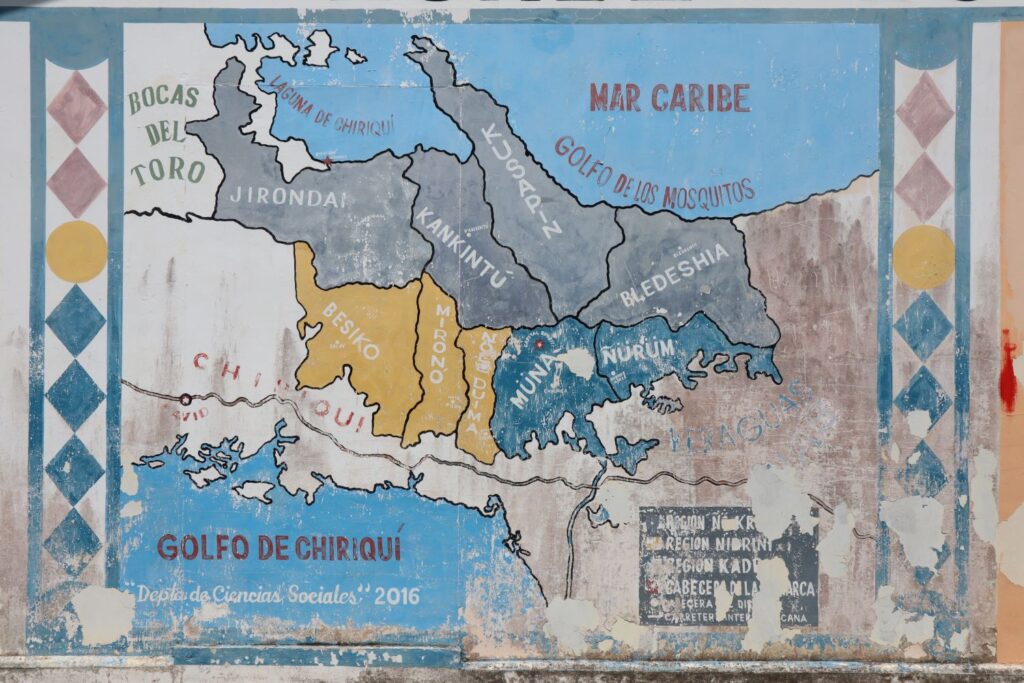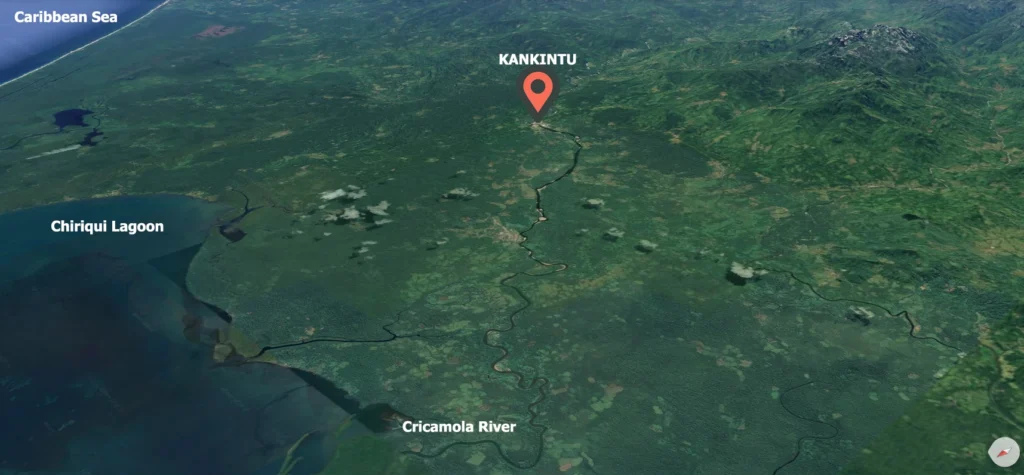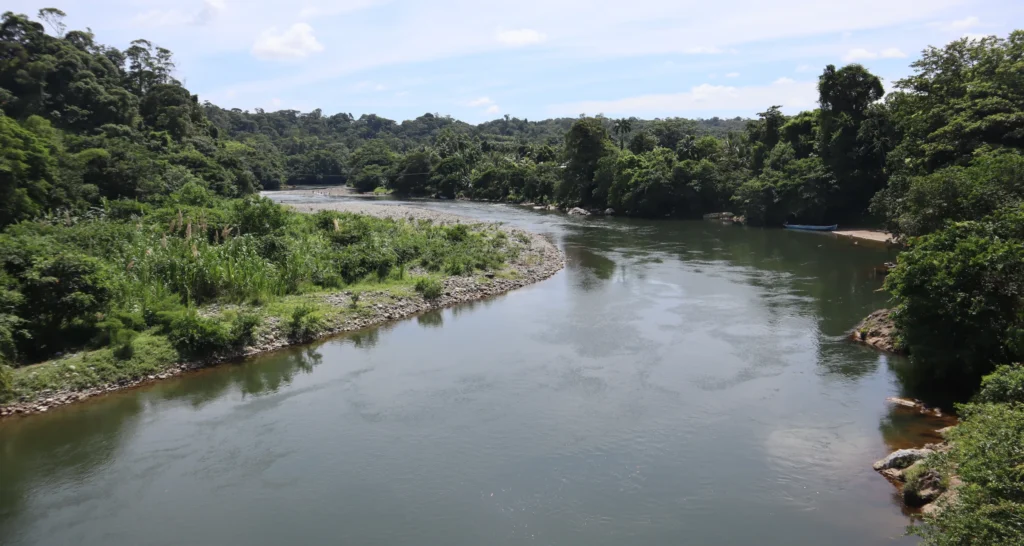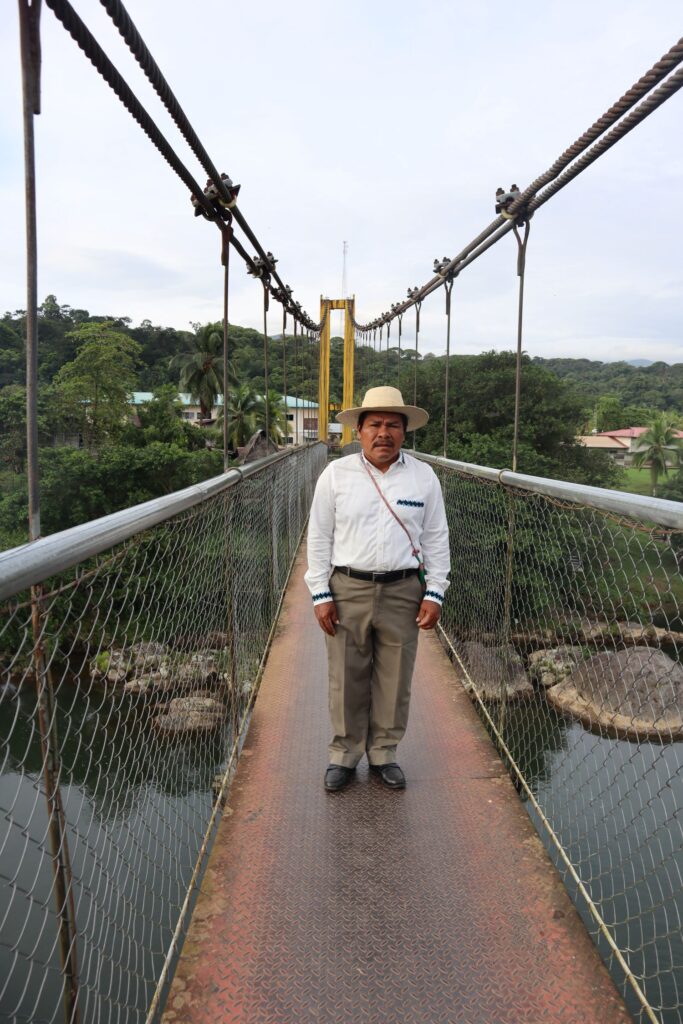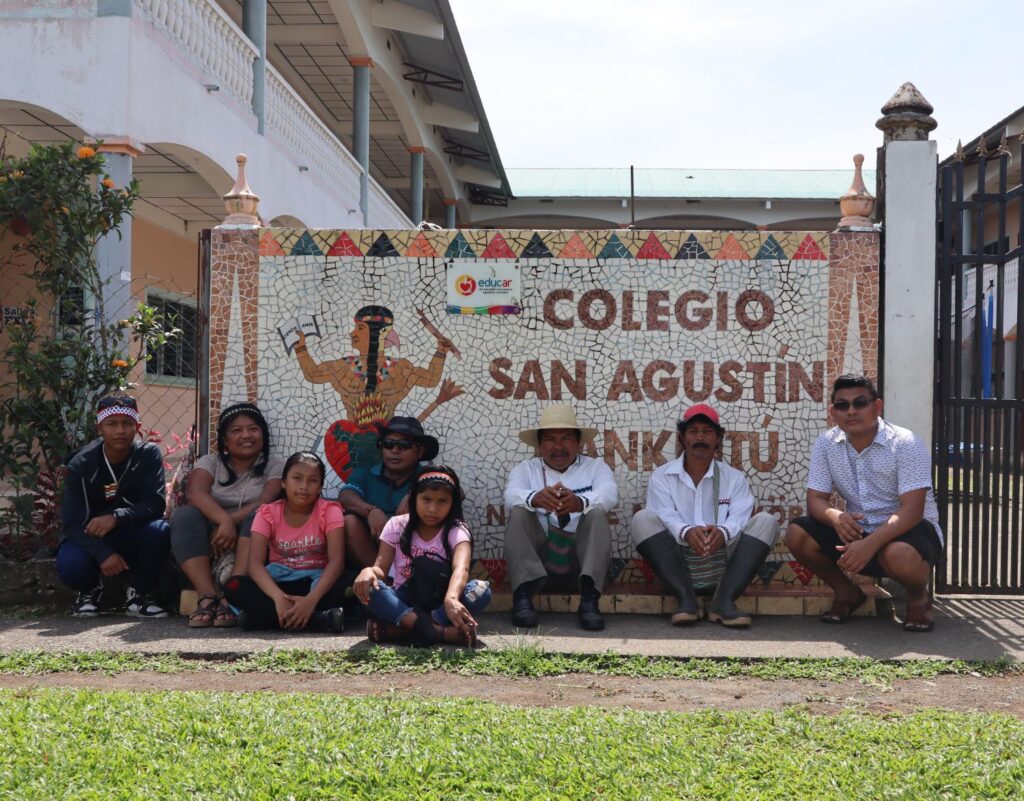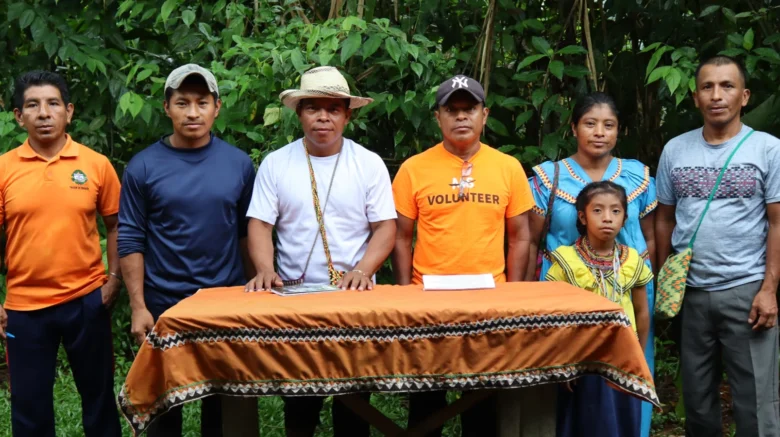Kankintú and Norte de Santa Fe Confront Challenges from Large-Scale Infrastructure Projects
Our way of life, in general terms, is about sustainable agriculture, Mother Earth, and the diversity of traditional crops that give life to all the dwellers. That’s a common thread throughout the indigenous area.
Our people are of struggle, and the indigenous struggle of the original peoples is protected by the sacred power, the power of God, creator and lord of all nature. We are left with an internal challenge to unify our ideas for the social good and to resist the manipulations of the government, to resist for the life of Indigenous people.
— Saturnino
A significant government infrastructure initiative—the Fourth Transmission Line—poses a threat to our Ngäbe and Buglé communities in the Kankintú district of the Comarca Ngäbe-Buglé and in Norte de Santa Fe, Veraguas province. This proposed project, partially funded by the World Bank’s International Finance Corporation (IFC), aims to construct a 300-kilometre electrical line along Panama’s Atlantic Coast. The transmission line will cross our ancestral territories and some of the last remaining untouched rainforests in Panama. We are particularly concerned about the associated infrastructure, including mines, dams, and roads.
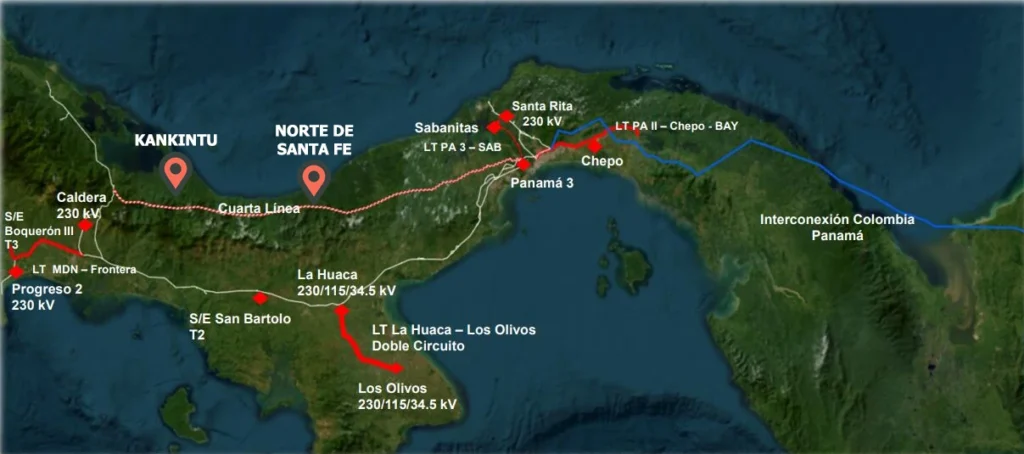
Our Ngäbe and Buglé communities have inhabited traditional territories in western Panama for thousands of years. However, we have been excluded from processes of free, prior, and informed consent regarding projects that impact our territory. Our government has failed to recognize our collective land rights, which are protected under the United Nations Declaration on the Rights of Indigenous Peoples.
In support of the Territorial Organization of Ngäbe, Buglé, and Campesinos of the Northern Region of Santa Fe, MODETEAB brought the communities’ concerns to the IFC’s Compliance Advisor Ombudsman (CAO). Their investigation into our complaints revealed that the IFC had not adhered to its own sustainability policy, yet the project continues to move forward.
We have been against the Fourth Line and all the projects that come from outside. We have been against all the projects because they only cause us to suffer dispossession.
The government has sometimes said that poverty is going to end [with these projects]. They are going to kill all of us when poverty ends. They are taking away our land, taking away our culture, taking away our way of life, and our way of eating; we will be dead because of all the junk that comes from outside. The food for the children is no longer the same. That is why I am worried that, as a mother and a woman, our family will no longer have a healthy diet like the one we have now.
— Rosa
Norte de Santa Fe, Veraguas province
Norte de Santa Fe is part of the district of Santa Fe in Veraguas province. The region encompasses cold, high mountains in Panama’s Central Range and humid lowlands on its Caribbean coastline.
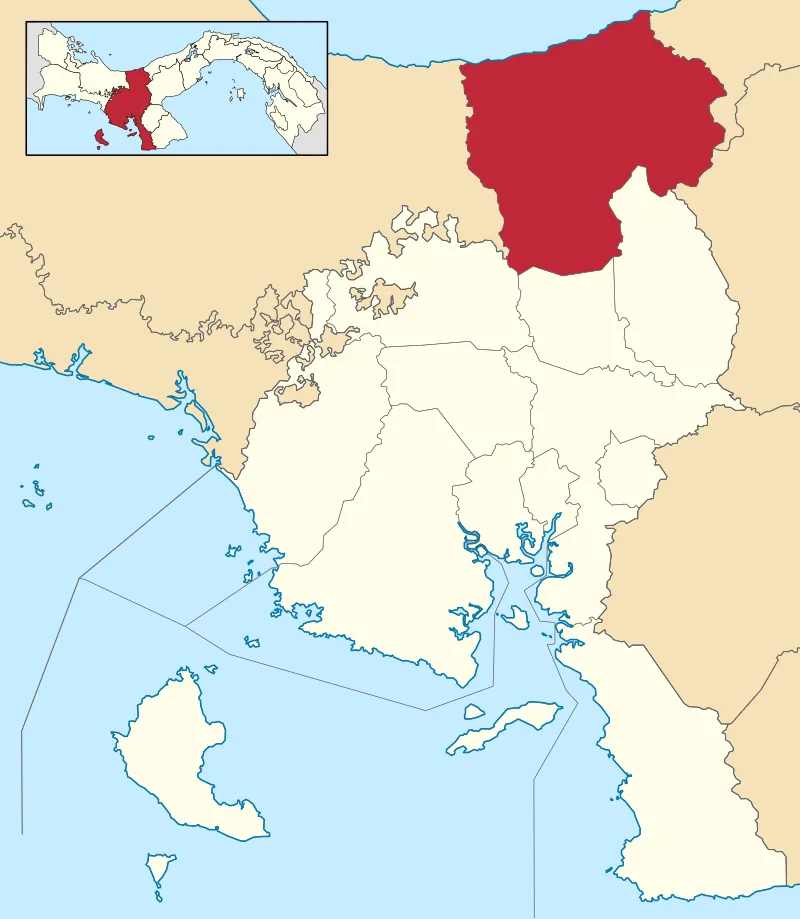
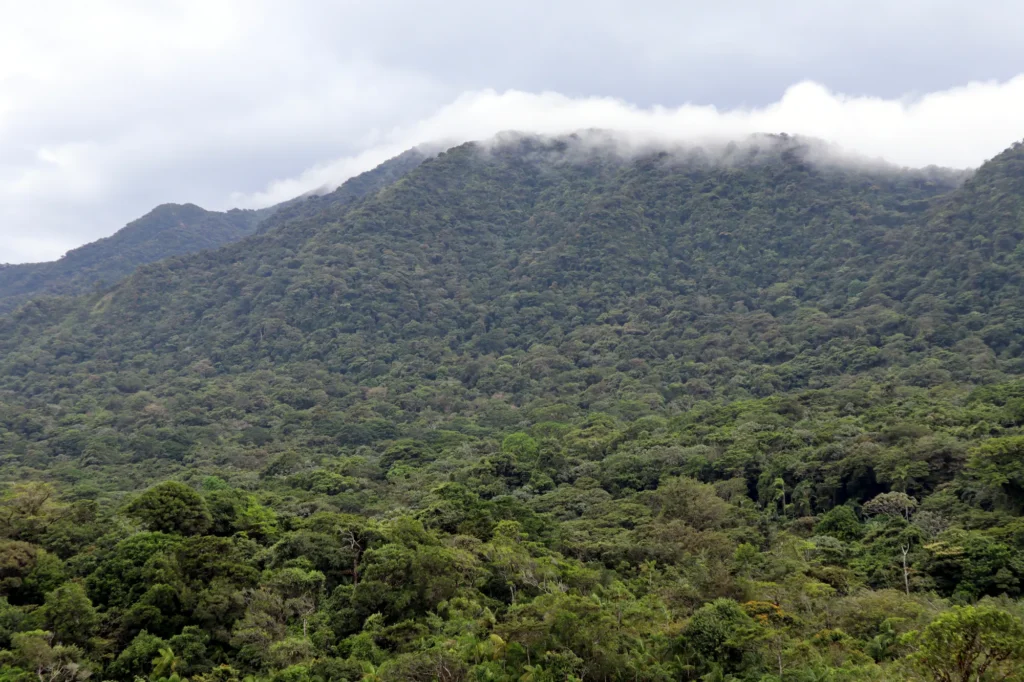
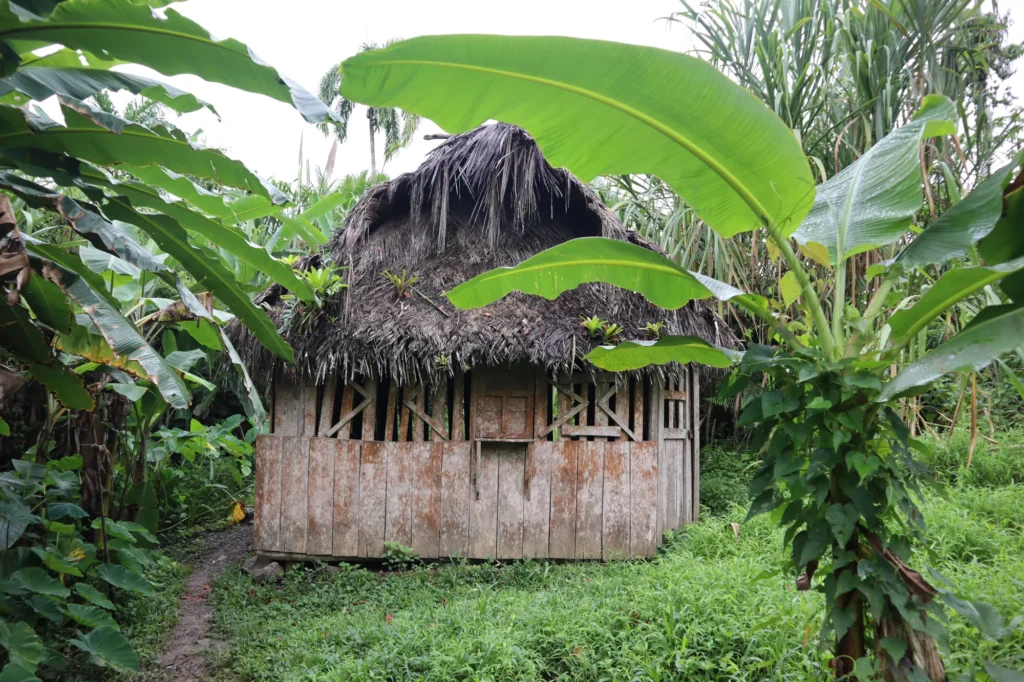
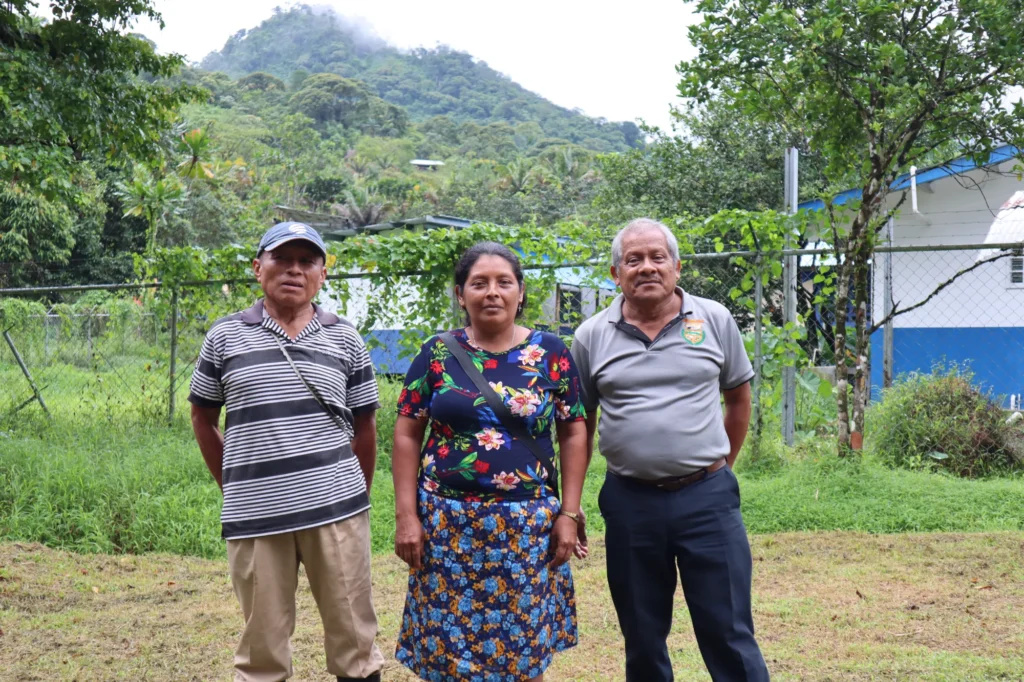
Kankintú, Ngäbe-Buglé Comarca
Kankintú refers to both a town and a district of the Comarca Ngäbe-Buglé.
